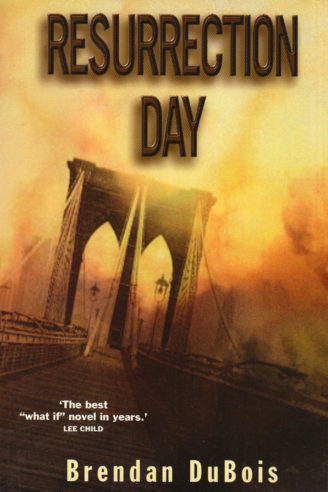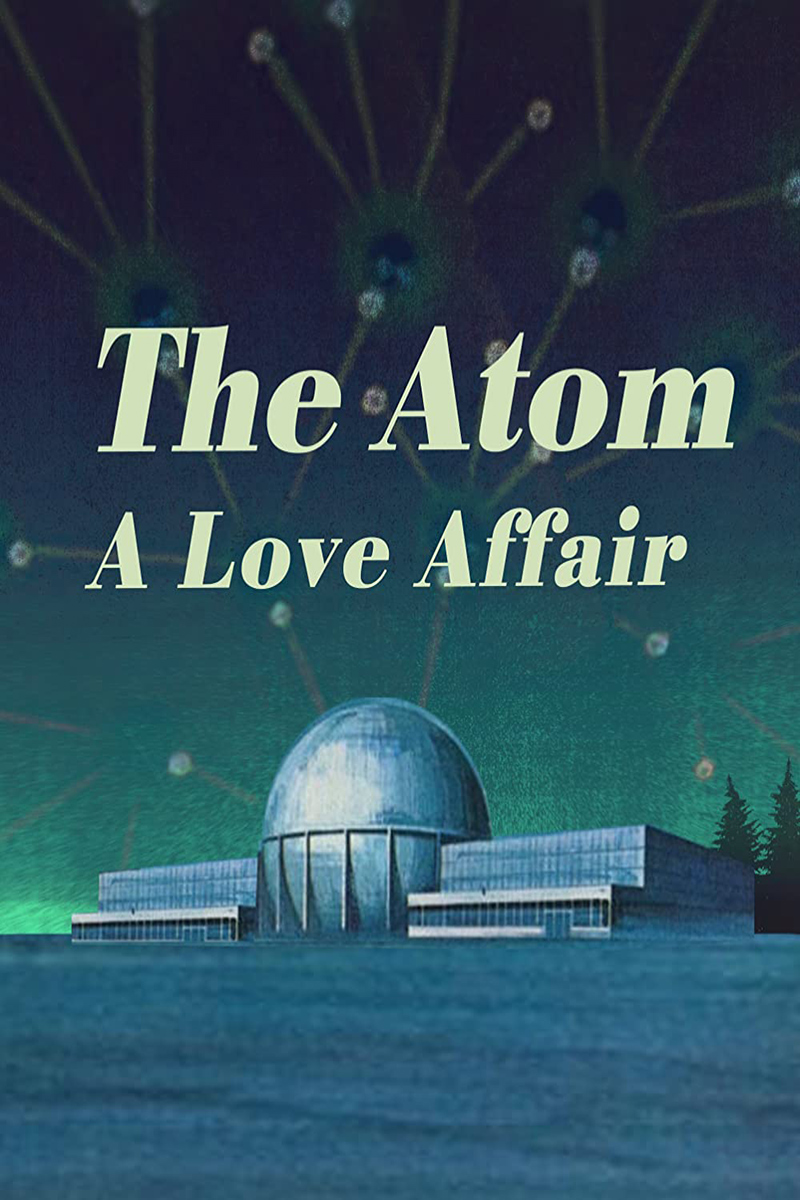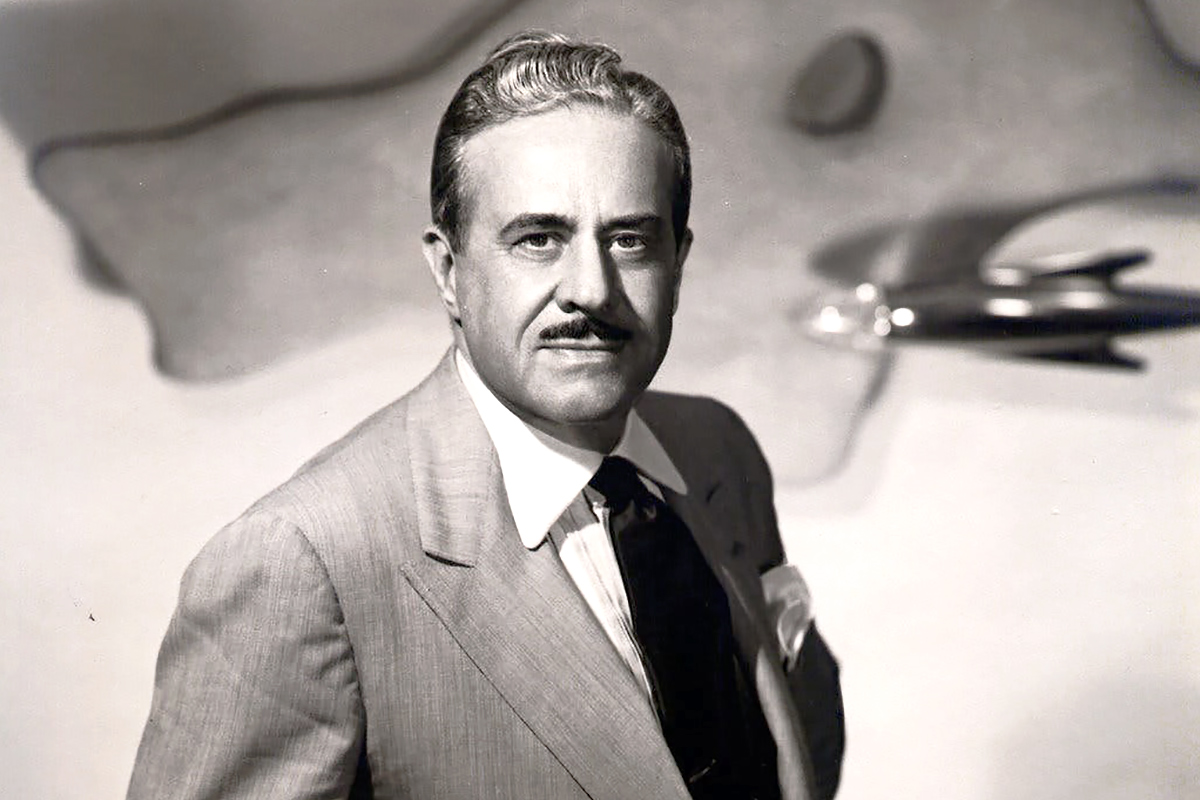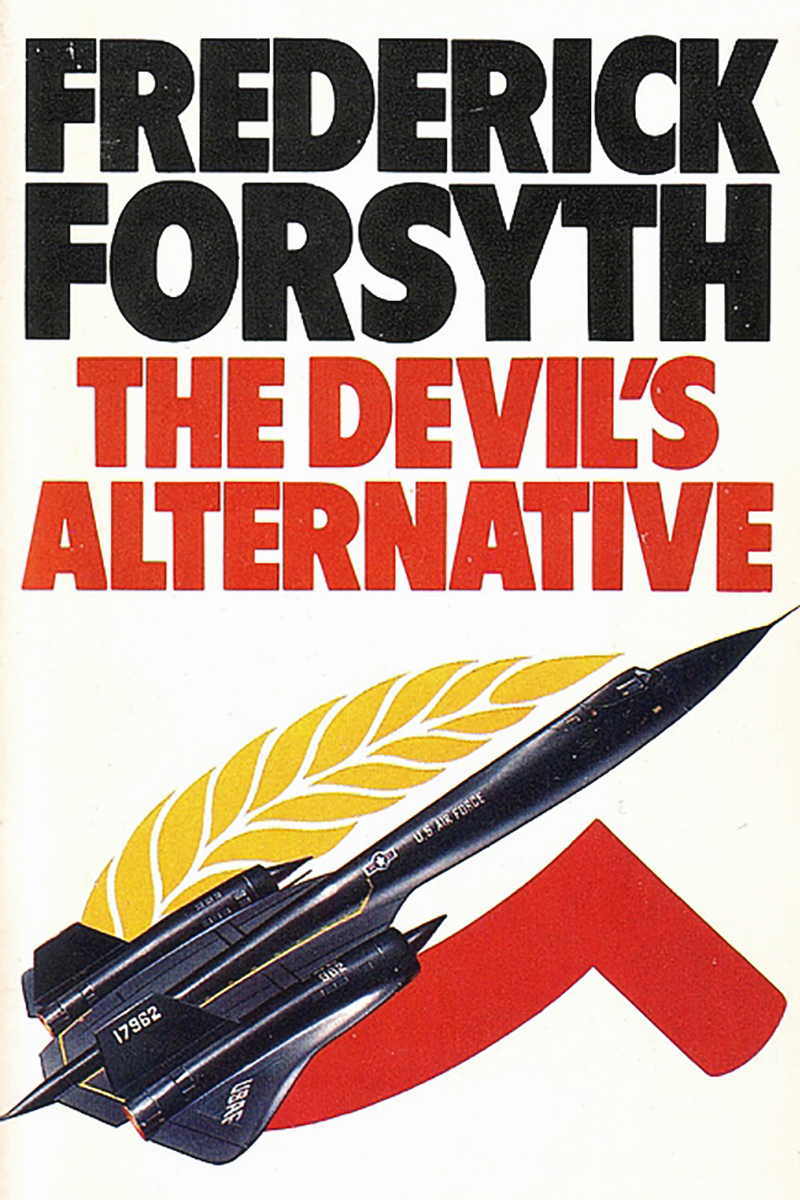In my stead as the administrator of the Alternate History Online group on Facebook, whenever I see a question involving the Cold War going nuclear in any way, I post a black-and-white GIF of flowers blooming with the caption “everybody dies.” I concluded when I was on an episode of the Alternate History Show with Ben Kearns and Colin Salt that it is hard to make a story where the Cold War goes hot that is dramatically compelling as the devastation would be swift and total.
Enter Brendan Dubois’ Resurrection Day, one of the books that I read as research for that podcast episode. Dubois has the great nightmare of the sixties come to life: the confrontation over Soviet missiles in Cuba (and American missiles in Turkey) ends with the missiles flying, the doomsday machines in both superpowers activating, bathing the world in nuclear hellfire.
In a way, the notion that everyone just dies in the case of nuclear war isn’t necessarily accurate. For all of the Cold War, the United States had better nuclear armament than the Soviet Union; the much talked-about “missile gap”, in which the Soviet Union was said to have superior ICBMs, has been shown to be a falsehood. In such a calamity, the Soviet Union and its bloc would have been destroyed entirely whereas the United States could have survived, if battered.
That’s what happens in Resurrection Day: New York, Washington and other cities have been destroyed, but America survives to a point that an actual plot can take place. It is governed from Philadelphia, and Boston is a major setting of the action. The country is run under what is effectively a military junta using George Romney as a puppet president. This junta is led by (fictional) General Ramsey Curtis, who led the effort to stabilize the country in the wake of armageddon.
But America has gotten off easy. Civilization between the Inner German border and Chukotka has ceased to exist in any meaningful sense. The People’s Republic of China has devolved into another warlord period. The only other country that plays a role in the plot is the United Kingdom, which does so in a manner I find to be implausible. Britain here is shown to be mostly intact. In a nuclear war in the time period, Britain would most certainly have met the fate depicted in the haunting BBC film Threads. Beyond its mere survival, Britain in this world is undergoing a certain sort of machination that I doubt would have been its wont had the events of the book actually occurred.
But that background exists in service in the plot, rather than the plot itself. This book, as Liam Connell described Robert Harris’ Fatherland, aims for emotional plausibility and not historical plausibility, and in doing so creates a great story. It follows Carl Landry, a Boston Globe reporter, who is tasked with finding out what actually happened the day that the stars began to fall, which has grave implications for the current state of American politics. In one of the book’s greatest strengths, this plot probes exactly what would have been lost in such a great conflagration.
Some of the settings deserve comment. Landry and other characters are sent to wander through the bombed-out husk of New York. which feels like something out of a post-apocalyptic novel (and what is a nuclear detonation over a city but a localized apocalypse?). Additionally, there is a very well-written, albeit brief, diversion to Vietnam.
Resurrection Day is part political thriller, part detective story and part rumination over the human cost of nuclear war. One can read this in tandem with Daniel Ellsberg’s harrowing book, The Doomsday Machine: Confessions of a Nuclear War Planner, about the very real madness that permeated American nuclear policy in the Cold War, with Dubois serving as the realization of Ellsberg’s fears. We should all be thankful that the missiles did not begin to fly as these two colossi stared each other down.
This story was originally published by Sea Lion Press, the world’s first publishing house dedicated to alternate history.






3 Comments
Add YoursThis makes sense. R-7 was the only ICBM Russia had…and none of the IRBMs in Cuba were operational. It would be a tactical nuclear hell with the Soviet Kometa cruise missiles-the Luna FROGs aimed at Gitmo, not to mention the atomic-tipped torpedoes-which were the least likely to malfunction.
For a scenario like THE DAY AFTER…it would take awhile for what was called “Deep Parity” and Able-Archer ’83 to set the stage properly. While there was no missile gap…there was a rocketry gap-for R-7 was not just the first but the largest ICBM ever-in fact, the EELVs of only a couple of decades ago were the only all liquid rockets the Air Force had that were more powerful.
The Saturns were Army/NASA rockets and Titan IV was a Titan with a hydrogen Atlas-type balloon tank with solids just to match R-7’s toxic big brother…the UR-500 Proton-their Saturn IB, as it were. But while these rockets did have more power than Western designs–they were unwieldy…thus the move to smaller rockets in Cuba to answer Jupiters in Turkey.
“it is hard to make a story where the Cold War goes hot that is dramatically compelling as the devastation would be swift and total.”
Without a lot of incidental education on the matter, clearly it is hard to see. Yes, it was almost a certainty the war would have been nuclear until 1985. Afterwards, however, with the Revolution in Military Affairs of the Soviet Union and the extremely similar Air-Land Deep Battle in the United States, both conventional and nuclear forces equalized with NATO and Warsaw at roughly the same time. This made both sides more confident in a conventional war.
Prior to that period, the Warsaw Pact had weaker nuclear forces (in their own eyes) and NATO had weaker conventional forces: by the end of Reagan’s 18 division Army, both sides felt comfortable enough in a response strike to try a conventional war:
Before then, the Soviets were convinced the weak NATO conventional force structure and excellent strategic nuclear forces would force NATO to immediately begin with tactical Pershing and GLCM strikes deep into Soviet territory to break up follow-on Soviet forces trying to exploit a Soviet breakthrough. . Thus they wanted to preempt that strike with one of their own, which would have been roughly fifty to 70 nuclear tactical weapons. Yes, that would have been the end of the world,
But then both sides became vast armed camps, and it had the odd effect of making them both more confident on nuclear matters: the Soviets thought maybe the yanks would avoid nuclear first strikes, thus easing their own finger on the trigger. Even in a war. It was strange timing: At the same time Reagan’s buildup was being completed, the Soviets had finally enough nuclear weapons in their own eyes.
But at the same time their generals no longer had confidence in a four week victory over NATO: in a now famous document which changed the Soviet nuclear posture from “certain nuclear doom” to “wait and see what the enemy does before pushing the button” (which was essentially the same policy NATO had), a famous Soviet general noted that “The Germans had a four week victory plan against a powerful enemy too”.
So yes, it’s hard to write: but only if you’re a writer who doesn’t know history.
Thanks for your comment, James! It sounds like you’ve studied the topic pretty well, and it’s one we’re interested in here at Never Was. If you’d ever be interested in writing something for us, please feel free to get in touch! More info here.